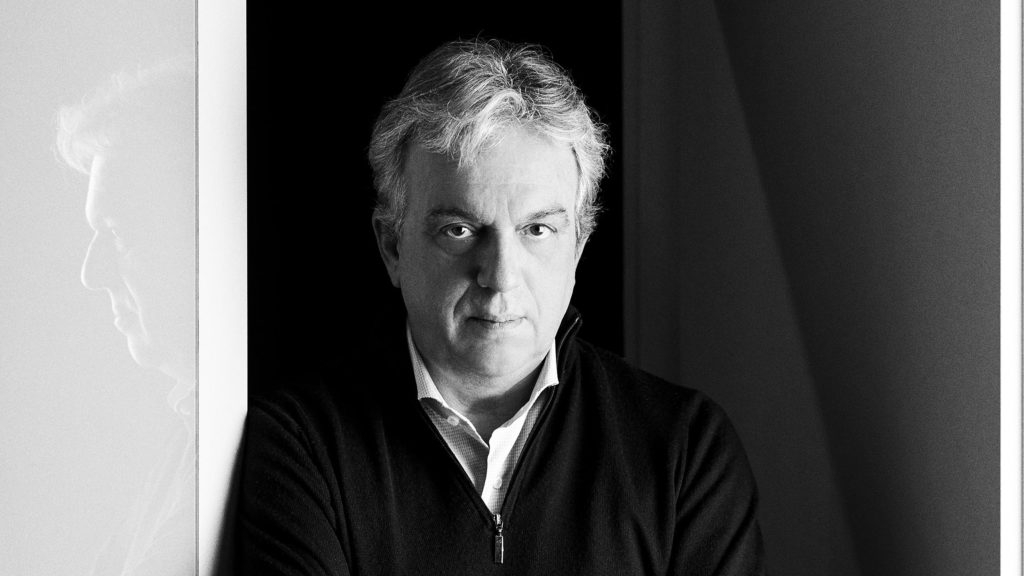Copyright © 2025 Motivate Media Group. All rights reserved.
Marco Piva’s Albanian jewel
Renowned Italian designer created a contemporary masterpiece in southeastern Europe.
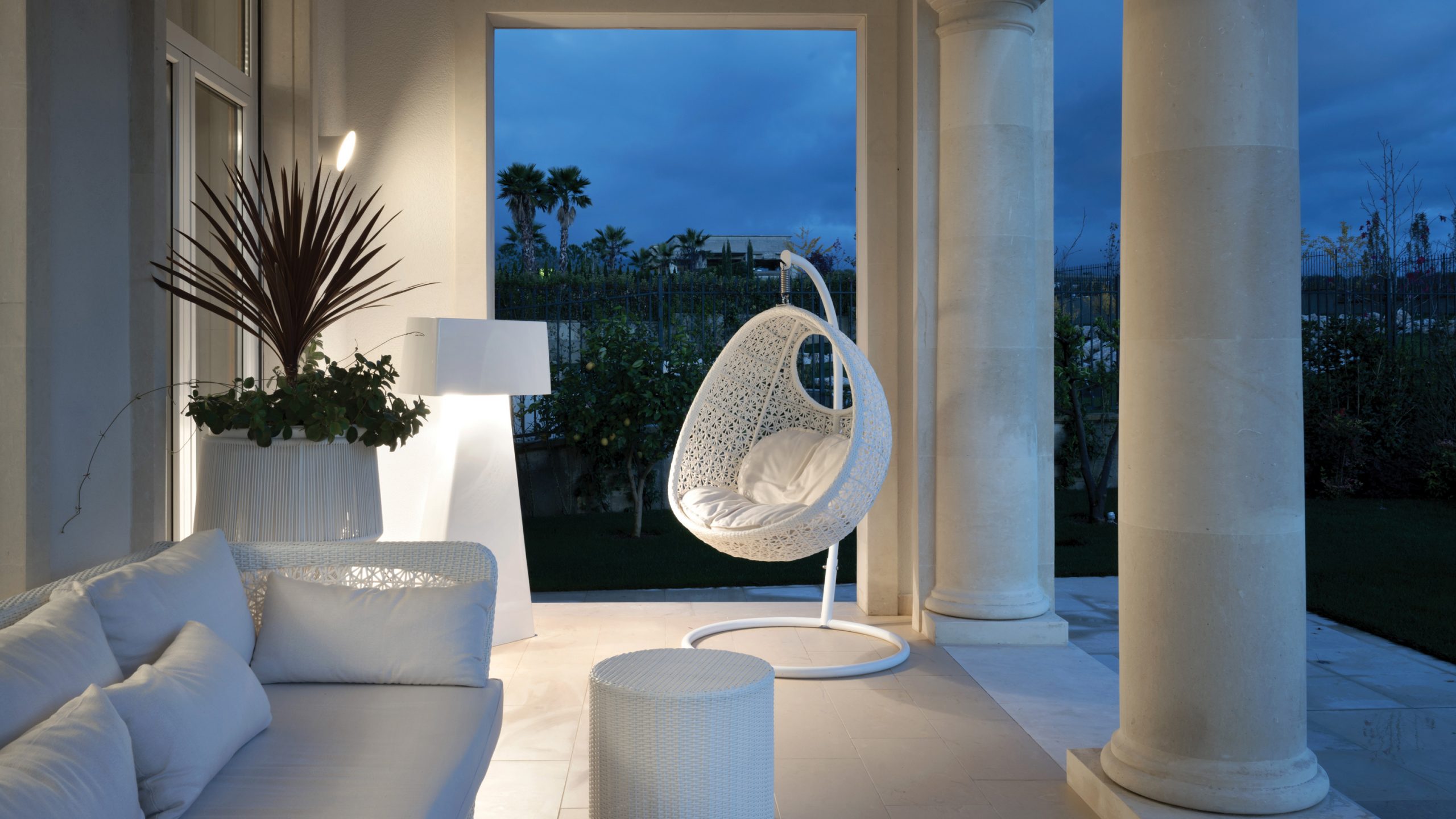
With an oeuvre of award-winning projects in his CV, Milan-based architect and designer Marco Piva journeyed to the green hills south-east of Tirana to curate the interiors of a contemporary villa with local architects EGO Architecture di Egest Goxhaj & Partners. The result is a residence that speaks the timeless language of ‘Made in Italy’ design, as well as the lingua franca of Albania’s lush surrounds.
Beloved by international clients and colleagues, Piva has spent a lifetime earning accolades for product design, hospitality projects and dramatic architectural projects. His secret? His obsession with details, quality and a commitment to his client, whether working on a luxurious 5-star hotel such as Milan’s Hotel Excelsior Gallia, an international luxury brand such as Moroso, Gervasoni, Poliform, Colombo or iGuzzini – or for a family in Albania.
“Our main goal was to create a house designed for family intimacy. In fact, the clients are a couple with three little children who do not often receive people at home because they prefer to keep their social life outside,” says Piva. “To achieve this, we aimed to create cosy, pleasant, partly spectacular, and yet aesthetically modern spaces designed for the daily experiences of people who live here.”
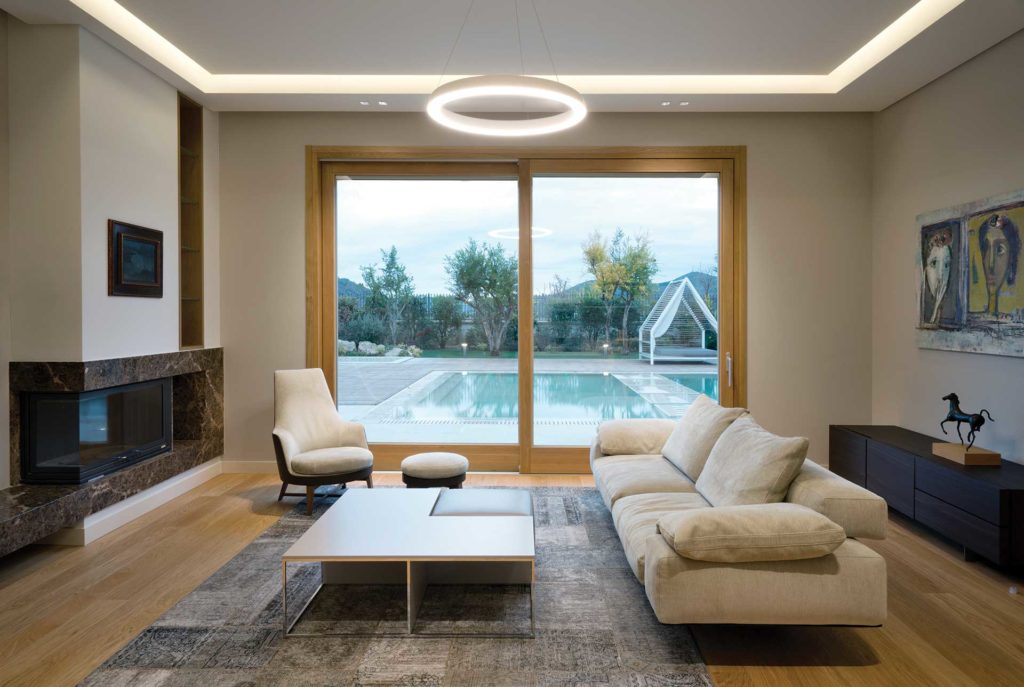
Given Piva’s renowned style and affinity for sensing the needs of his clients, the villa owners trusted him infinitely. “We were thrilled. It meant the world to us that they absolutely trusted our choices. We really felt we had a trust-based relationship that professional designers often lack in our day. Everyone was happy because it meant everyone’s voice was heard and respected,” he says.
The interiors for the three floors of the 640-square metre villa addressed the needs of the family with fluidity and flexibility. They are extremely functional, with mobile, easy-to-rearrange furniture that adapts to the family’s changing needs.
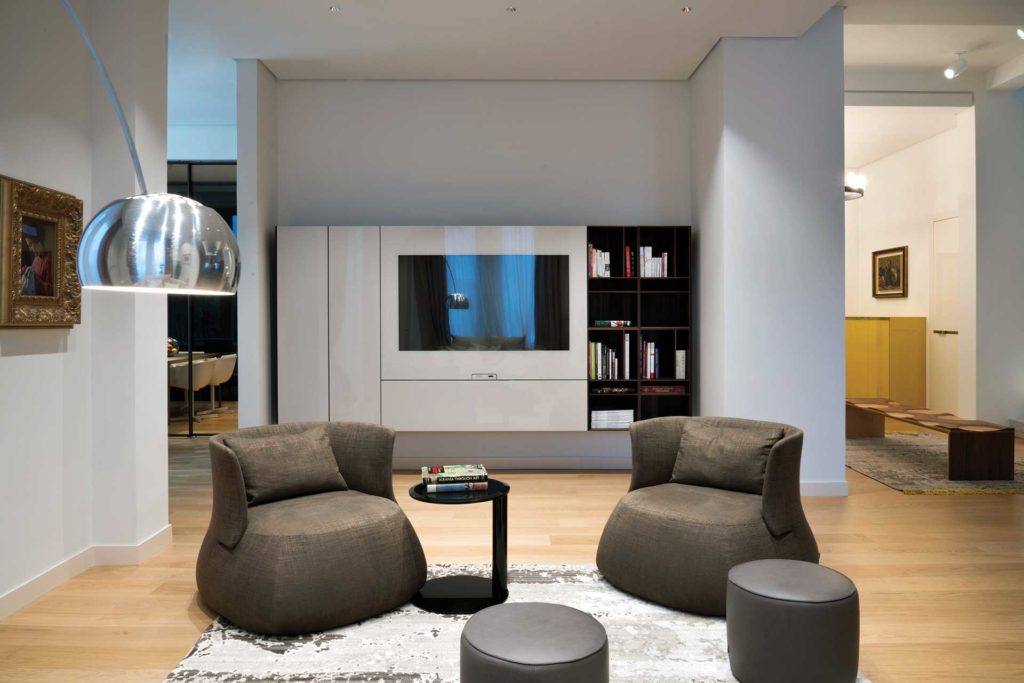
“The main floor, created for the common areas of the villa, was designed expansively to favour a life lived together. The living area is conceptually divided into two areas, one formal and one informal. This was not accomplished using walls – but solely through the arrangement of furniture and the design of suspended ceilings,” he explains.
Piva was also inspired by how the villa’s interiors frame the pristine natural environment. The house façades have great visual depth and highlight each season’s natural colours.
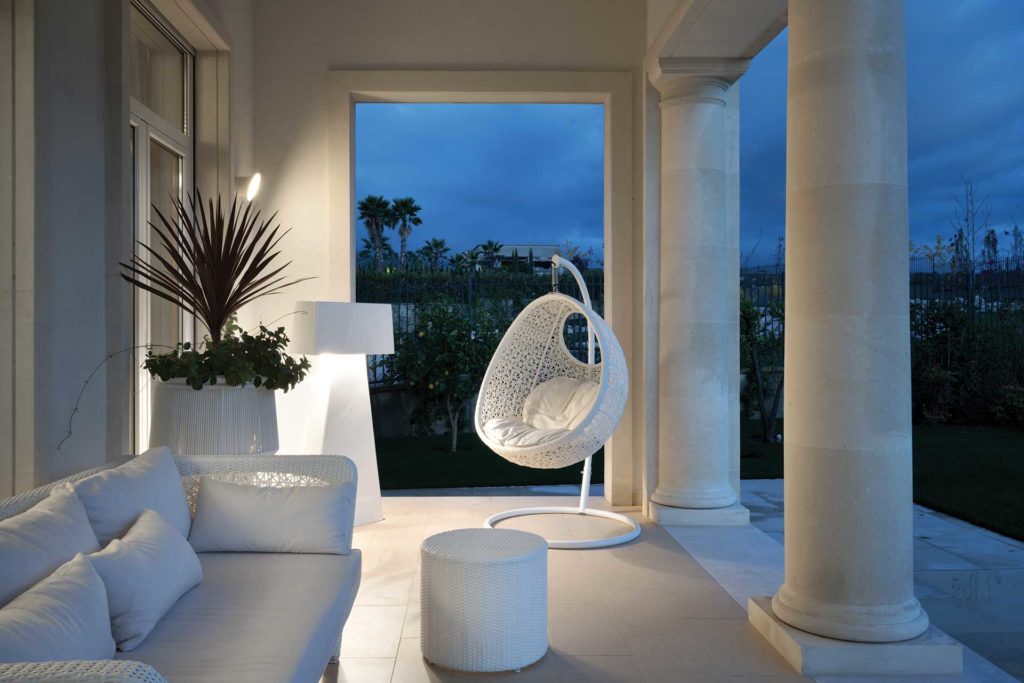
“For example, the green sofas in the formal living space recall the fields of olive trees in the hills, [and] the pink colour of the seats in the master bedroom and the curtains in the living room were inspired by the colour of flowers in spring. Even the yellow at the entrance reflects the citrus trees, whereas the combination of grey and blue of the carpets and seating recall Tirana Lake. The caramel corridor on the first floor suggests the colours of sunset,” Piva muses.
The thematic colouration was also used when curating the family’s art collection, as well as the rugs – all of which chromatically match the coverings, materials and patterns.
The dining area is positioned in a beautiful bow window situated between the living area and the kitchen, and it’s separated by a system of sliding tinted glass panels. This allows visual communication between the two environments and gives the perception of a wider area that acts as a space for poetic reflections and features trompe l’oeil with the chandeliers.
The master bedroom and the two children’s bedrooms are all situated on the first floor, reserved exclusively for the intimacy of the family members.
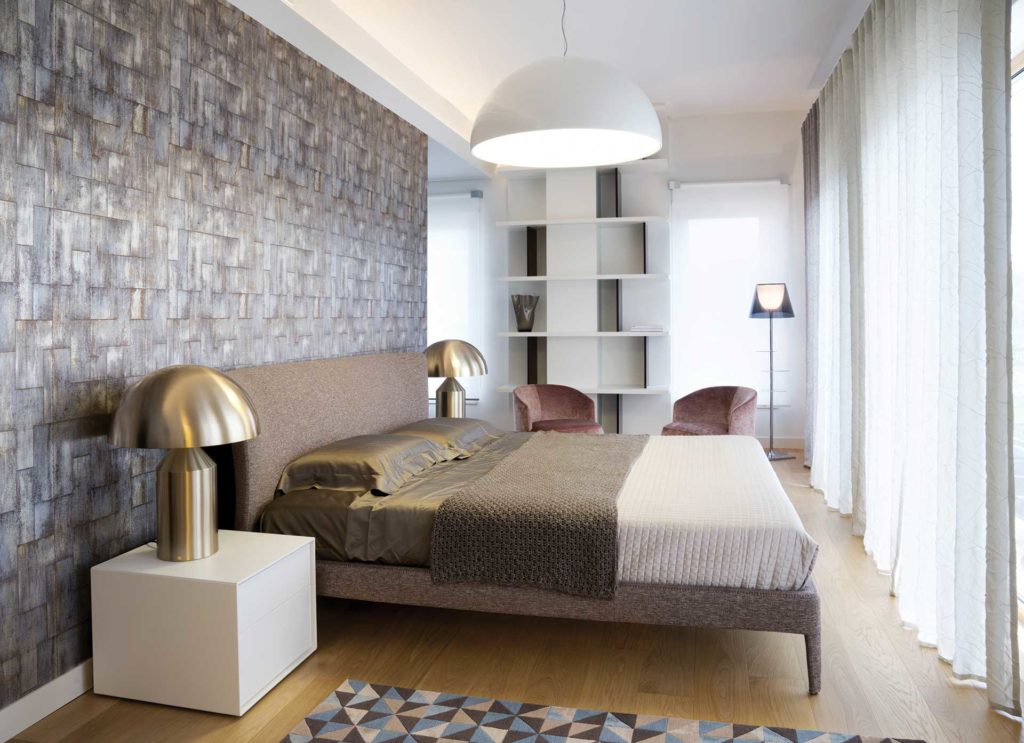
An outside pavilion situated on one above-ground floor at the side of the swimming pool was created for guests, and adjoins a real guest house equipped with a bedroom, a living area with a fireplace and a small, non-separated kitchen.
An external path leads to a spa and a wine cellar in the basement of the guest house. And the pavilion hosting the guest house extends through a fascinating colonnade, where the entrance of the art gallery, personally managed by a curator, is situated.
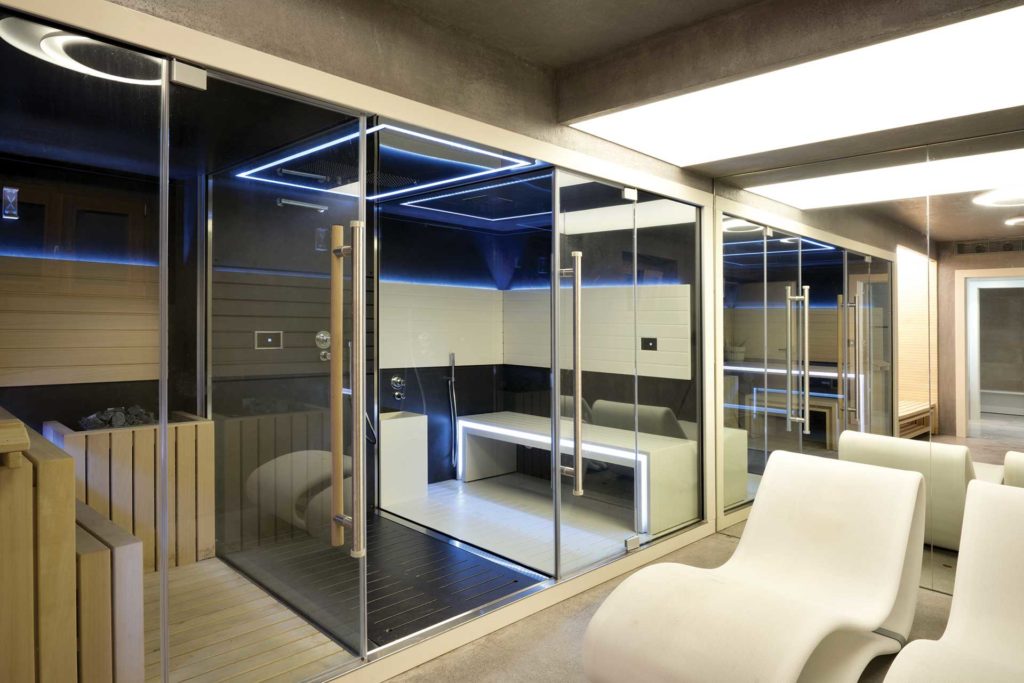
The design also boasts inner beauty, as its high-tech elements remain invisible. The main villa and the guest house have been conceived with a latest-generation home automation system created by BPT, which integrates the most important functions for home control, including internal and external lighting, shutters, a video-surveillance system, air conditioning system and door closure system.
“This is a complex, centralised system which manages a large number of controls through a simple graphic interface. This makes it easier for the client to control their house, even remotely – there are more than 100 controls for just the lighting points, some of which are situated hundreds of metres away from the villa,” explains Piva.
Featuring his signature sophistication and Italian sensibility for luxury design, Piva’s Albanian oasis is a study in style.
Photographer: Andrea Martiradonna
The Latest
Textures That Transform
Aura Living’s AW24 collection showcases the elegance of contrast and harmony
Form Meets Function
Laufen prioritises design, functionality and sustainability in its latest collections
Preserving Culture, Inspiring Creativity
Discover the Legacy of a Saudi Art Space: Prince Faisal bin Fahd Arts Hall explores the Hall’s enduring influence on the cultural fabric of Saudi Arabia
Channelling the Dada Spirit
Free-spirited and creative, The Home Hotel in Zurich injects a sense of whimsy into a former paper factory
id Most Wanted- January 2025
Falaj Collection by Aljoud Lootah Design
Things to Covet in January
identity selects warm-toned furniture pieces and objets that align with Pantone’s colour of the year
Shaping the Future of Workspaces by MillerKnoll
Stacy Stewart, Regional Director Middle East & Africa of MillerKnoll discusses the future and evolution of design in workspaces with identity.
Shaping Urban Transformation
Gensler’s Design Forecast Report 2025 identifies the top global design trends that will impact the real estate and built environment this year
Unveiling Attainable Luxury
Kamdar Developments has launched 105 Residences, a new high-end development in Jumeirah Village Circle.
The Muse
Located in the heart of Jumeirah Garden City, formerly known as ‘New Satwa’, The Muse adds to the urban fabric of the area
Cultural Immersion Meets Refined Luxury
The Chedi Hegra opens its doors in AlUla’s UNESCO World Heritage Site
Redefining Coastal Luxury
Sunshine Bay on Al Marjan island combines seaside views, exceptional design, and world-class amenities to create a unique waterfront haven

